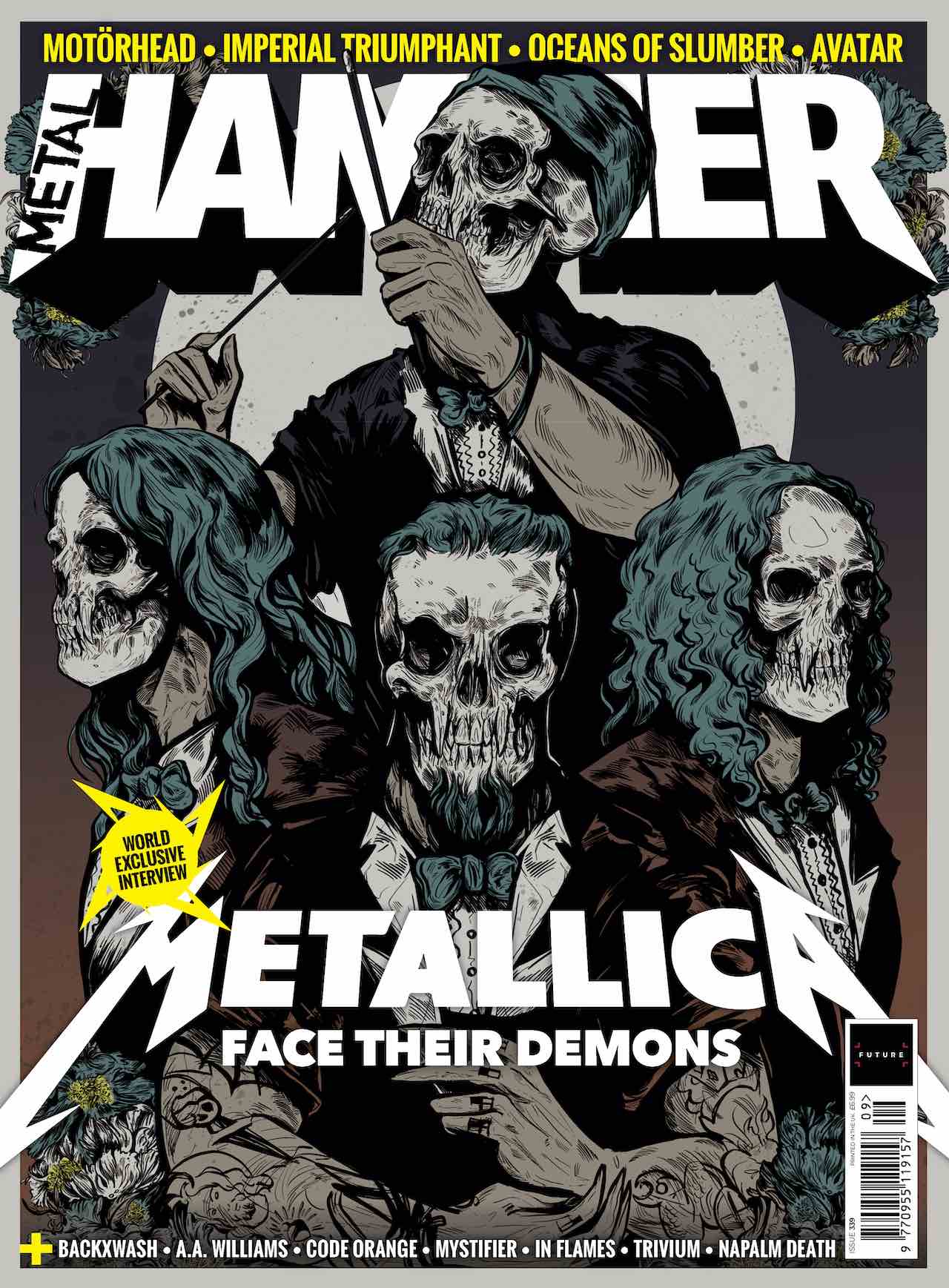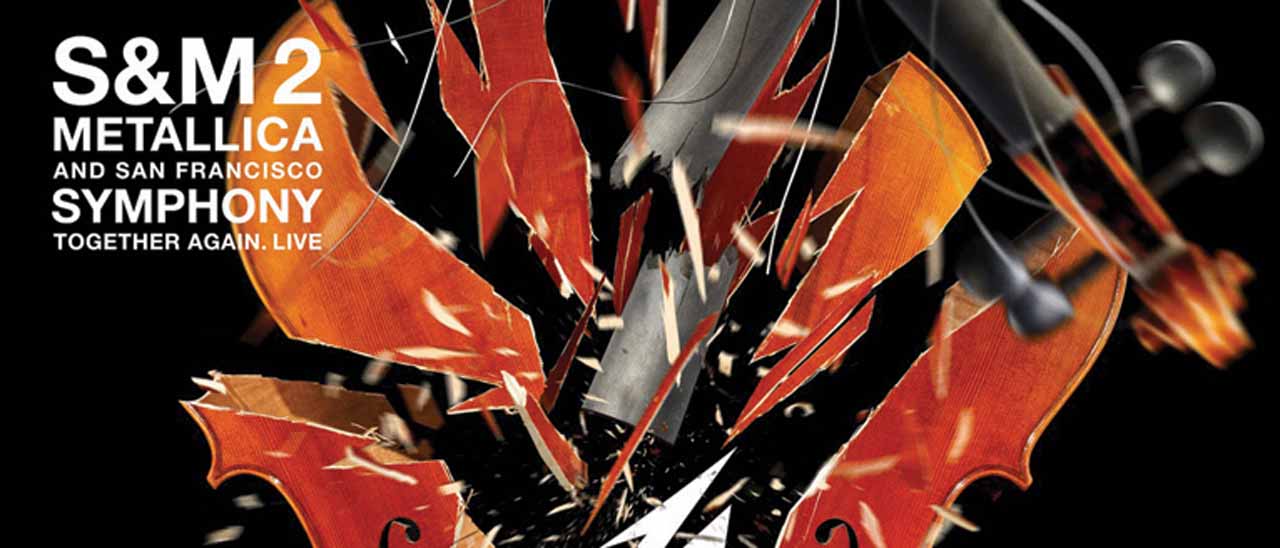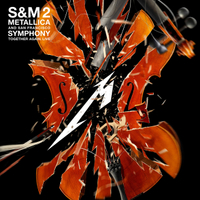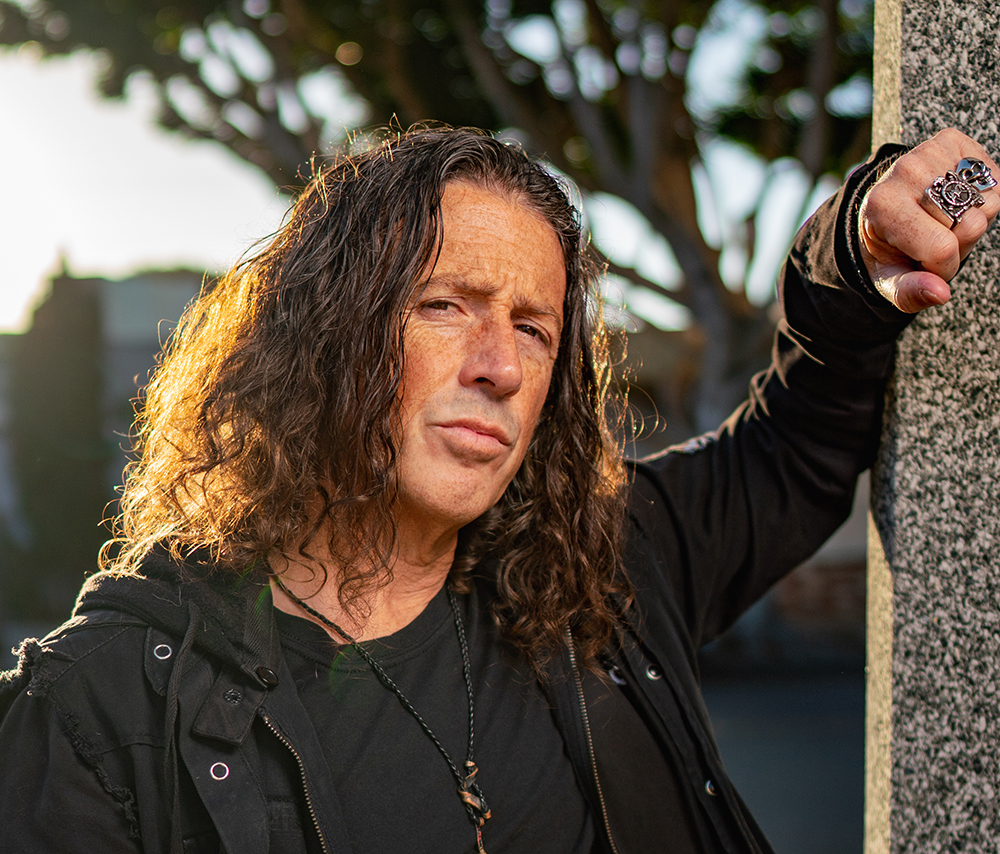An insatiable appetite for risk and a commitment to innovation stand as the defining characteristics of all great artists. It’s hardly surprising, therefore, that Metallica sit comfortably atop the heavy metal pantheon as its most successful sons. Not satisfied with pioneering thrash metal and selling tens of millions of records along the way, the San Francisco-based quintet have spent the ensuing years ever-experimenting with their trademark sound to dramatic and often polarising results.
On one side sits the commercial juggernaut known as the Black Album and to the other sits the bitterly savaged Lulu. In 1999, they performed a set of Metallica classics accompanied by the San Francisco Symphony (SFS), which they released later that year as S&M. Sceptics be damned, the show was a towering success. The performances pumped invigorating freshness into the originals and not only were additional shows added in New York and Berlin, but the release sold more than five million copies.
Last September, the band celebrated S&M’s 20th anniversary with a pair of reunion shows with the SFS — this time on a considerably grander scale. Whereas the original performance occurred before a relatively intimate crowd of 3,500, the latest gigs christened San Francisco’s newly built Chase Center, drawing capacity crowds of nearly 20,000 fans each.
Opening with the SFS performing The Ecstasy Of Gold live, you can feel the crowd’s electricity coursing through the speakers. The Call Of Ktulu follows and its creeping intro roars to life with the regal grandiosity of a James Bond score. The partnership between band and symphony is both tight and complementary; tracks like For Whom The Bell Tolls, The Outlaw Torn and The Unforgiven III all take on a dramatic new vitality. Halo On Fire emerges as a revelatory highlight, recast as a fiery symphonic arrangement with the singing of the crowd adding a joyful element wholly unfamiliar to most symphonies. But it’s Scott Pingel’s gorgeous, eye-watering performance of the late Cliff Burton’s solo on (Anesthesia) – Pulling Teeth, using an upright electric bass made particularly for this occasion, that draws one of the evening’s biggest and most heartfelt responses.
Led by conductor Edwin Outwater, the experience is an unmitigated triumph and crowd favourites like One, Wherever I May Roam and the rousing closer Enter Sandman deliver as promised – chest-pounding walls of horns and strings build to heroic climaxes, the melodies deeply familiar and yet somehow wrought with a renewed fervour. The only points at which things feel a bit awkward occur where the songs require truly breakneck tempos, such as Master Of Puppets and Moth Into Flame, where the sound occasionally snarls into chaotic tangles.
You’d be wrong to see this as a fans- only experience or worse, as a watered-down setlist of Metallica’s most popular hits. Quite the opposite: S&M 2 offers an inspired and eye-opening view into not just the shared heritage of classical music and heavy metal, but into the spirit of innovation and to endless vistas awaiting exploration. And hey, it’s pretty fucking cool that nearly 40 years into their career, Metallica are still finding ways to change the game.
- Exclusive: Metallica face their demons in the new issue of Metal Hammer
- “Whose f**king idea was this?”: how Metallica’s made the spectacular S&M2
- Every Metallica album ranked from worst to best
- Metallica Mondays: Your ultimate guide to every show



